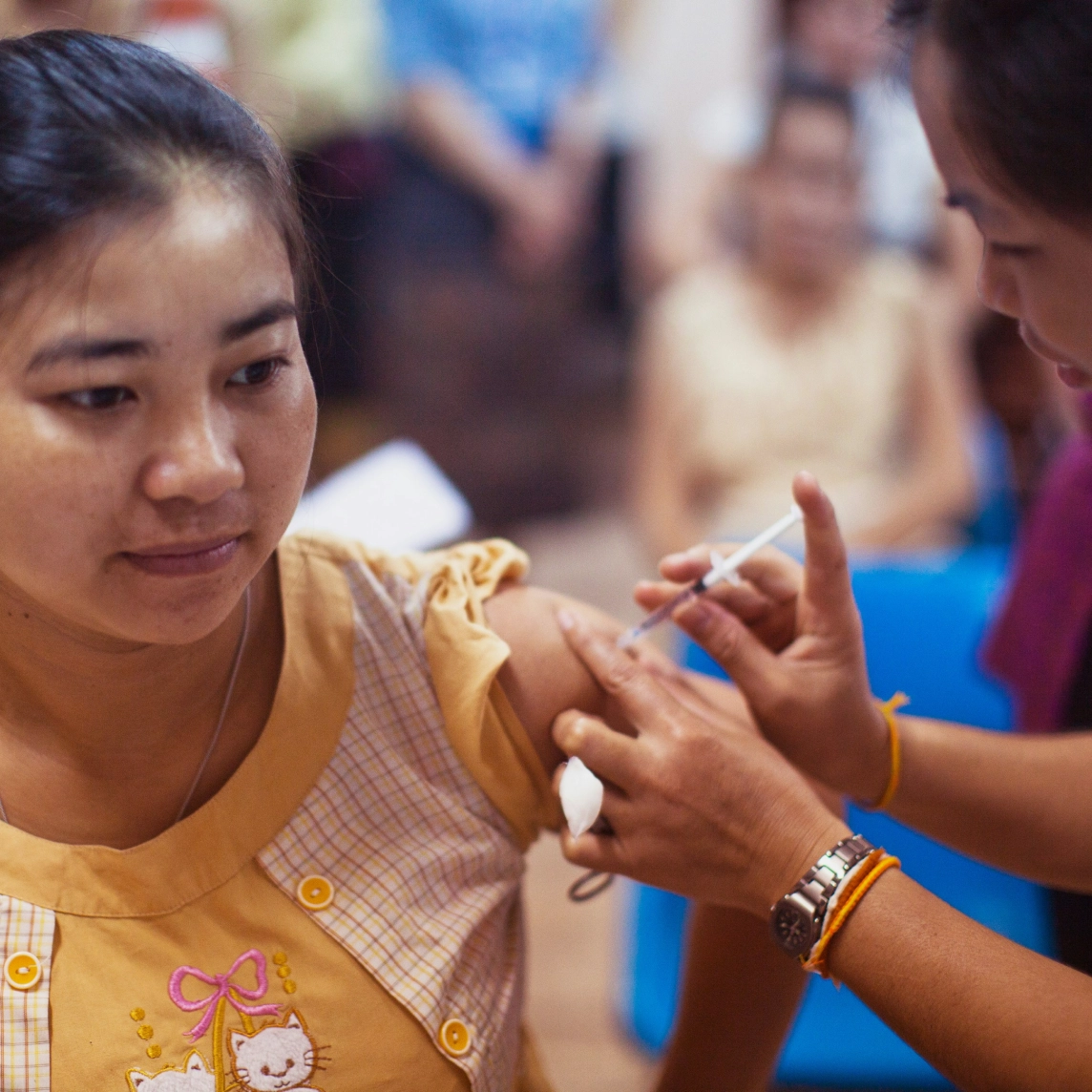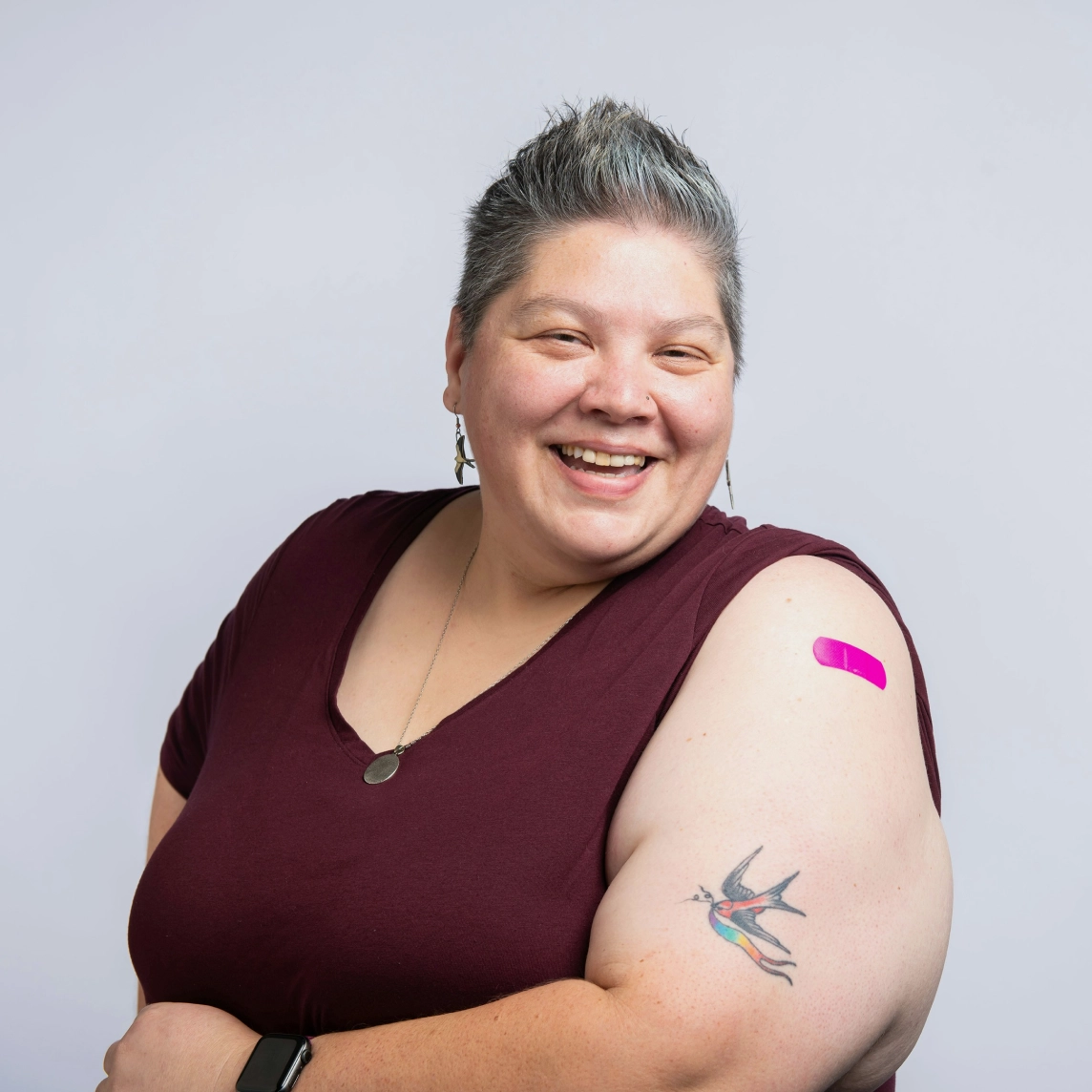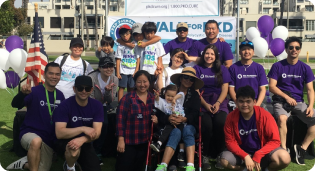We're excited to announce that the PKD Foundation is making strides in adopting electronic health records (EHRs). This move signifies our commitment to leveraging technology for improved patient care and research in polycystic kidney disease. By embracing EHRs, we aim to enhance data accessibility, streamline processes, and facilitate collaboration among healthcare providers, ultimately advancing our understanding and treatment of PKD. It's a significant step forward for both our organization and the individuals we serve.

What to Expect
When you log in, modules will be featured on the homepage asking you about your experiences with PKD. You can also link your health records through your provider’s online portal by clicking on “My Care Network.” Our third-party partner, 1UpHealth, ensures data security. And because your name will be separated from your clinical data and questionnaire answers before they’re shared with researchers, your privacy is carefully protected.

10-15 minutes
This module asks about your personal medical history.
Please make sure you know your:
- Most recent kidney function lab values (creatinine and eGFR).
- Year of diagnosis.
- Name of your physician and medical center.
- Month and year you began medication for high blood pressure (if applicable).

5-10 minutes
This module asks about your medical history with liver cysts.
Make sure you know:
- How your liver cysts were discovered.
- Issues you believe to be due to liver cysts.
- Medication you’re taking for your liver cysts.

5-10 minutes
This module asks you about your personal experience with PKD over the past two weeks.
Your answers will help us understand how physical, emotional, and fatigue impact your PKD.

10-15 minutes
This module asks about your experience accessing care for your PKD.
We’ll ask about:
- The clinicians who manage your disease
- The challenges you may have faced affording and accessing:
- Medications
- Procedures
- Dialysis and transplant services
- Other medical costs

5-10 minutes
This module asks about your diet and lifestyle.
We’ll ask about:
- Any dietary supplements you take (ex: fish oil, folic acid)
- Alcohol and caffeine consumption (coffee, tea, and soda)
- How much water you drink on an average day
- Your exercise habits
- Food you exclude from your diet (ex: meat, eggs, salt)

~25 minutes
This module asks about your family history of ADPKD.
It should take about 25 minutes depending on your familiarity with your family’s experience with PKD.

5-15 minutes
This module asks about your experience with brain, chest, or abdominal aneurysms.
Make sure you know:
- How your aneurysm was diagnosed or screened for (if applicable).
- The size of your aneurysm and treatment methods (if applicable).
- Your family history of aneurysms.

5-10 minutes
This module asks about your experience with pain over the past seven days.
Your answers help us understand your PKD pains.
Note: If you are a transplant patient and have had your PKD kidneys removed, this survey may not apply to you.

5-10 minutes
This module asks about your demographics, place of care, treatments for ADPKD, and barriers to treatment adherence.
The information collected in this module will be used in a greater study run by the PKD Foundation research team in comparison to non-Registry users that complete the same survey via. Survey Monkey.

5-10 minutes
This module asks about your education, household income, employment, language, community type, access to food, housing/utilities, and transportation.
The information from this module will be used to help researchers identify social determinants of health areas that need support with the purpose of improving outcomes and access for all ADPKD patients.

5-10 minutes
This module asks about your experience with the ADPKD Registry so far, what you like and don’t like, your opinions on the newsletter and Registry dashboard, etc.
Why Join?
Joining the ADPKD Registry offers numerous benefits for individuals affected
by ADPKD and their loved ones.
Firstly, by becoming a part of the Registry, you contribute directly to advancing research and how we understand PKD. Your participation helps researchers and healthcare professionals gain valuable insights into the disease's progression, potential treatments, and outcomes, ultimately leading to improved care and therapies.

Additionally, being part of the ADPKD Registry gives you access to the latest information and resources you can share with your healthcare team. Through the Personal Impact Calendar, patients can track their PKD symptoms over time. The newly added Care Summary highlights information and trends such as kidney function, family history, diet, and water consumption.

Moreover, joining the ADPKD Registry provides a platform to actively engage in clinical trials and research studies, offering potential access to cutting-edge treatments and therapies before they become widely available. Your involvement in these trials can not only benefit you personally but also contribute to the broader PKD community by accelerating the development of new treatments and bringing us closer to finding a cure.

Ultimately, by joining the ADPKD Registry, you become an integral part of a community dedicated to making a difference in the lives of those affected by ADPKD. Your participation not only empowers you to take control of your health but also plays a vital role in shaping the future of PKD research and treatment. As more patients join the Registry and share their medical histories, researchers can identify patterns in how the disease progresses, ways it affects different people, and what interventions may work best as treatments.

Learn from the world’s leading medical experts about PKD and how to live a better life with it. Dive deeper into specific topics:
NKF Spring Clinical Meeting 2025 Poster
Stages of ADPKD
2023 Poster
2022 Poster
2021 Poster
2020 Poster
ASN Visualization
Kidney 360 Findings
View ADPKD Registry Related Resources

FAQs

The PKD Foundation regularly updates participants on research findings, clinical trials, and other relevant developments through newsletters, emails, and educational materials. You can also visit the PKD Foundation’s website or contact them directly for more information about ongoing research projects and how you can get involved.

Yes, participation in the Registry is entirely voluntary. You can choose to withdraw at any time without any obligation. Simply contact the PKD Foundation to request withdrawal and your information will be promptly removed from the Registry.

By joining the ADPKD Registry, you become part of a community dedicated to advancing PKD research and improving patient care. You gain access to the latest information we’re learning in the Registry and valuable resources, like the Personal Impact Calendar and Care Summary, that you can share with your healthcare team to inform your care plan.
Additionally, you may have the opportunity to participate in clinical trials and research studies, potentially accessing cutting-edge treatments and contributing to the development of new therapies.

Yes, protecting the privacy and confidentiality of Registry participants is of utmost importance. The PKD Foundation adheres to strict privacy protocols and guidelines to ensure that all information collected is securely stored and only accessible to authorized personnel for research purposes.

The Registry collects a wide range of information, including demographic data, medical history, PKD symptoms, genetic information (if available), and details about past and current treatments. This information helps researchers gain insights into the disease’s progression, treatment outcomes, and potential risk factors.

It’s secure and easy to participate in the ADPKD Registry. After visiting the PKD Foundation’s website, joining the Registry involves three steps:
- Create an online account
- Agree to an informed consent
- Complete the core questionnaire
This can all be done online and from the comfort of your own home on your computer, tablet, or mobile phone.

U.S. residents of all ages with a diagnosis of autosomal dominant polycystic kidney disease (ADPKD) are invited to join the Registry. Patients under the age of 18 may also join with the assistance (assent) of a parent or legal guardian.
If you do not have an official diagnosis but have a family history and suspect that you have PKD, you’re welcome to join and will need to agree to notify Registry staff of your diagnosis if/when it becomes available.

The ADPKD Registry is a collection of individuals with autosomal dominant polycystic kidney disease (ADPKD). The purpose of the Registry is to create a patient network that includes at least 5,000 people with ADPKD who contribute data on their health and other topics.
This data will inform new research to improve ADPKD patient outcomes, learn more about the patient journey, and discover unmet medical needs. We collect data most relevant to your ADPKD diagnosis, its major symptoms and management, as well as key demographic data (no personally identifiable information is shared).
The ADPKD Registry keeps information in one place making it easier for researchers to utilize the information while still protecting the privacy of those participating.




